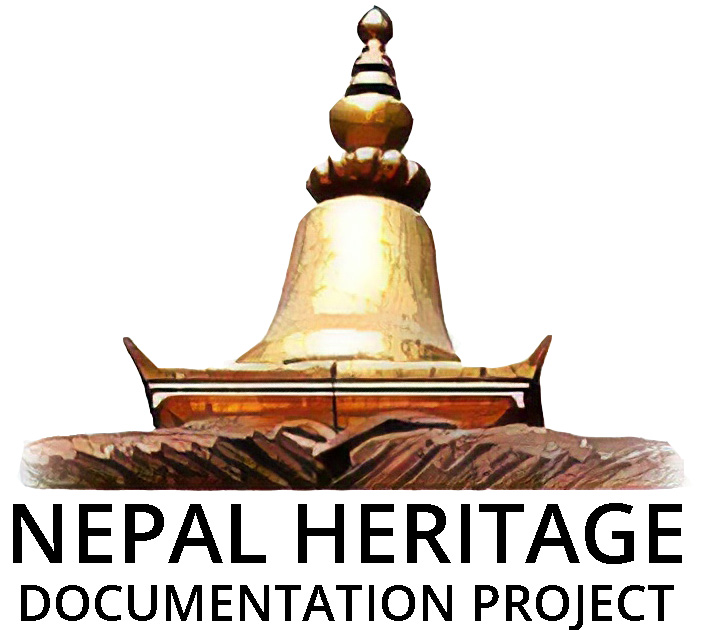THE PROJECT
The NHDP is a collaborative project between the Heidelberg Centre for Transcultural Studies (HCTS) and the Heidelberg Academy of Sciences and Humanities (HAdW), with key partners in Nepal including the
Saraf Foundation of Himalayan Traditions and Culture, the Department of Archaeology of the Government of Nepal, and the Kathmandu Valley Heritage Trust. The project focuses on documenting and describing the built structures in
the Kathmandu Valley, western Nepal, and culturally and historically associated sites such as Mustang, while also highlighting their relationship to Nepal's unique intangible heritage. This is done by a professional team of
architects, photographers, historians, Indologists, anthropologists, and heritage experts in collaboration with an international team of scholars and IT-specialists for data management based in Heidelberg.
The project is supported by the Arcadia Fund and co-financed by Heidelberg University's Flagship Initiative Transforming Cultural Heritage and Field of Focus 3, which includes the development of the freely available
NepalHeritageApp and Thematic Heritage Walks. The data collected will be sustainably and openly accessible stored on Heidelberg University Library's image database, HeidICON, as well as HeiDATA, using the open-source software
platform for cultural heritage inventory and management, Arches (v.7), developed jointly by the Getty Conservation Institute and the World Monuments Fund.
NHDP is supported by the Arcadia Fund of Lisbet Rausing and Peter Baldwin. Arcadia
MISSION STATEMENT
- We commit to making publicly and freely available the digital documentation of predominantly unpublished endangered cultural heritage from core areas in the Kathmandu Valley, Nepal. The digitized material (originally produced as well as copyrighted) is sustained on a long-term basis at Heidelberg University Library.
- With this documentation, we want to contribute to, expand and deepen the knowledge about Nepal’s rich tangible cultural heritage as well as the intangible heritage (such as rituals, social use but also the delicate craftsmanship) connected with the built monuments, we co-produce and share the documentation with heritage experts, scholars, architects and interested publics from and in Nepal as well as internationally.
- We envisage that the material on DANAM provides information by non-commercial means to organisations and individuals who aim at reconstructing and preserving endangered built heritage, for instance, after an earthquake, but also in the context of learning about Nepal’s rich heritage at institutions of Higher Education and schools (disciplines such as history and art history, engineering, art and architecture, urban planning and urban design).
- It is our aim to discourage theft and illicit-trafficking of artifacts and cultural objects from Nepal through documentation and communication with local stakeholders and public institutions such as the Department of Archaeology (DoA) with whom we partner, and to provide such information to enable the safe return of stolen objects and images to their place of origin.
- The NHDPs aspiration is also to train younger generations in heritage documentation (such as photography, but also Digital Humanities/IT), and to share knowledge with our network of partners and alliances.
- Since collaboration and sharing are relevant to us, we seek to work and partner with individuals, organizations, and public and private entities that share the goals of preserving and promoting awareness for the artistic and cultural heritage of Nepal.
